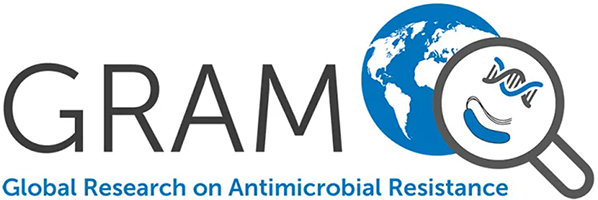Progression of lymphatic filariasis antigenaemia and microfilaraemia over 4.5 years in antigen-positive individuals, Samoa 2019-2023
Mayfield HJ., Sartorius B., Muttucumaru R., Sheridan S., Howlett M., Martin BM., Hedtke SM., Field E., Thomsen R., Viali S., Graves PM., Lau CL.
Objectives: The first round of triple-drug mass drug administration (MDA) for lymphatic filariasis (LF) in Samoa was in 2018. This study aims to i) examine progression of LF antigen (Ag) and microfilaria (Mf) in Ag-positive individuals from 2019-2023; and ii) compare Ag/Mf prevalence in household members of Mf-positive vs Mf-negative participants. Methods: In 2023, we tested Ag-positive participants (indexes) from a 2019 survey in Samoa, and their household members. We tested for Ag (Alere/Abbott Filariasis Test Strip) and Mf. We examined changes in Ag/Mf status in index participants and compared Ag/Mf prevalence between household members of Mf-positive and Mf-negative indexes. Results: We recruited 91 indexes and 317 household members. In 2023, all 17 Mf-positive indexes remained Ag-positive and 11/15 with Mf results (73.3%) were Mf-positive. Of 74 Mf-negative indexes, 79.7% remained Ag-positive in 2023 and 31.1% became Mf-positive. Household members of Mf-positive indexes were more likely to be Ag-positive (odds ratios 3.3, 95% CI 1.0-10.3) compared to those of Mf-negative indexes. Conclusion: Our results raise concerns regarding long-term effectiveness of a single-dose of triple-drug MDA for sustained clearance of Mf in Samoa. Guidelines for follow-up and treatment of Ag/Mf-positive people and household members are urgently required.

